Welcoming a newborn into your life is an exhilarating journey, filled with endless snuggles, and, a lot of confusion. One of the most common sources of confusion for newborn parents is BABY SLEEP – Are they tired? Why aren’t they asleep? Should I wake them up even though I’ve heard that you should never wake a sleeping baby?! 😅
One of the most crucial aspects of navigating baby sleep is understanding your baby’s sleepy cues. These tiny signals are your baby’s way of letting you know it’s time for a nap or bedtime.
Let’s dive into what sleepy cues are, how to recognize them, and what to do when you see them.
What Are Sleepy Cues?
Sleepy cues are the subtle and… not-so-subtle signs that your baby giving you, that they are ready for sleep. They’re your baby’s natural way of telling you that they’re feeling tired and need some rest. Recognizing these cues can help in establishing healthy sleep habits and ensuring your baby gets the rest they need.
How to Interpret Sleepy Cues
Every baby is unique, but there are some common sleepy cues that most babies will give you:
- Yawning: One of the most recognizable signs. If you see your baby yawning, it’s a pretty clear indication that they’re ready to sleep!
- Rubbing Eyes or Face: Babies often rub their eyes or face when they’re tired. This action is a natural way for them to signal that they need rest.
- Fussy or Irritable Behavior: If your baby becomes unusually fussy or irritable, it might be their way of saying they’re overtired and in desperate need of sleep.
- Glazed or Droopy Eyes: Watch for that glazed, far-off look in your baby’s eyes, or one or both eyes starting to look a little heavy. These can be signs that they’re struggling to stay awake.
- Hiccups: Believe it or not, some babies get hiccups when they’re tired. It’s a less common sign, but worth noting.
I See Sleepy Cues! Now What!?
When you notice these sleepy cues, it’s time to act!
- Create a Soothing Environment: Dim the lights, reduce noise, and create a calming atmosphere to help your baby transition smoothly into sleep.
- Establish a Routine: A consistent pre-sleep routine can signal to your baby that it’s time to wind down.
- Swaddle or Soothe: Swaddling them snugly can mimic the comfort of the womb and help decrease external stimulation. (See my blog post on swaddles or age appropriate sleep sacks here!)
- Put Baby Down Drowsy but Awake: If possible, place your baby in their crib or bassinet when they’re drowsy but not fully asleep. This helps them learn to fall asleep independently. This can be tricky for some, so if you need guidance or a little extra support, click here to schedule a Newborn Survival Call.
Uh-Oh… Baby Got Overtired
Sometimes, despite your best efforts or the circumstances, your baby might become overtired. This can make it harder for them to fall asleep and may lead to extra fussiness. Never fear, let’s tackle this together! 💪🏾
- Remain Calm: Babies are smarter than we give them credit for and they can pick up on your stress, so try to stay calm. This will help both of you manage the situation better.
- Create a Sleep-Inducing Environment: Ensure that the room is quiet, dark, and at a comfortable temperature. White noise can also be helpful in creating a soothing environment.
- Offer Comfort: Gentle rocking and shushing can help them relax and prepare for sleep.
- Consult a Professional: If overtiredness becomes a frequent issue or you’re struggling to understand your baby’s sleep patterns, let’s chat!
Understanding and responding to your baby’s sleepy cues can make a world of difference in establishing a healthy sleep routine. By staying attuned to these signals and responding with a calming, consistent approach, you’re setting the stage for better sleep for both you and your little one.
Remember, every baby is different. It might take some time to figure out what works best for you and your baby. It’s all apart of the process. 🌙







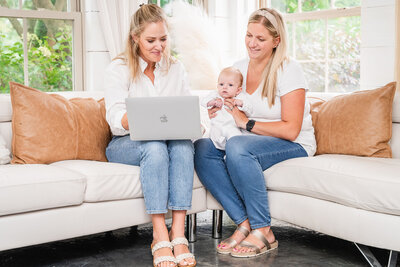
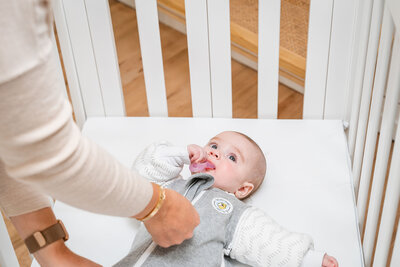
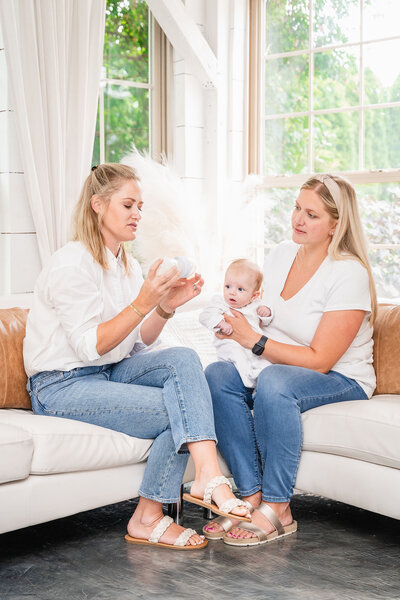
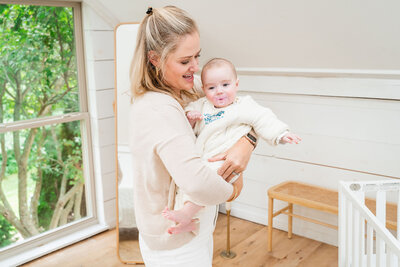

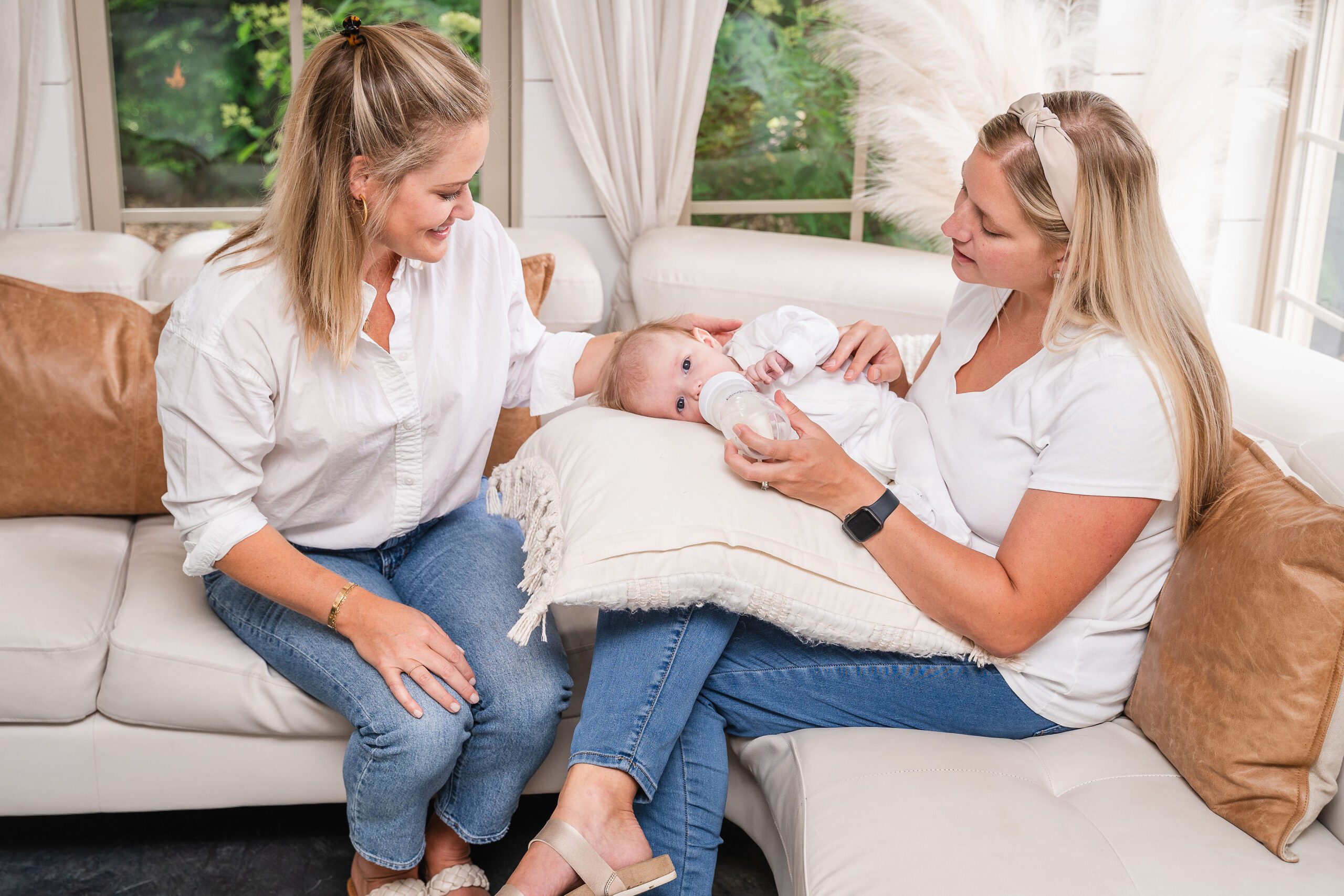
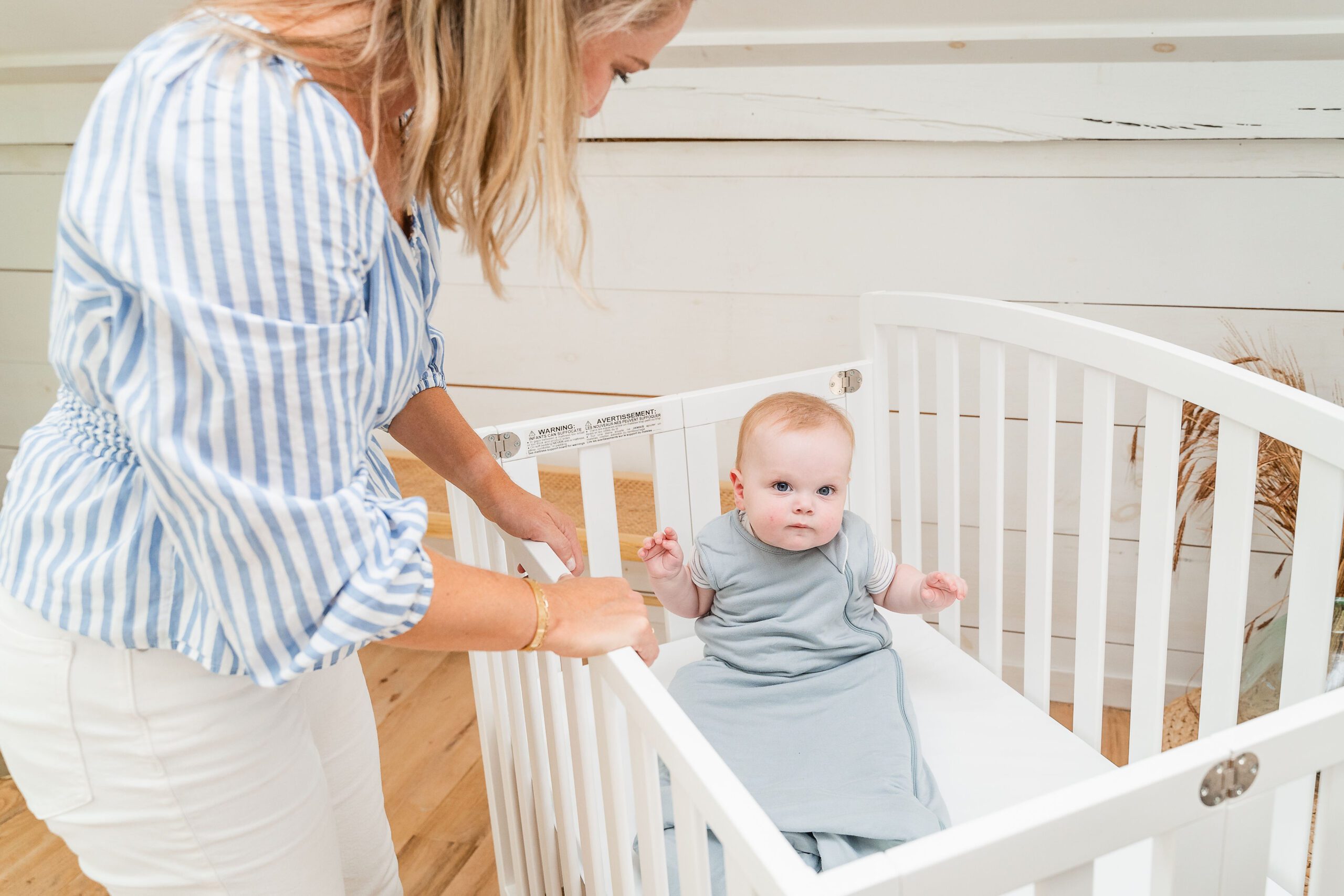
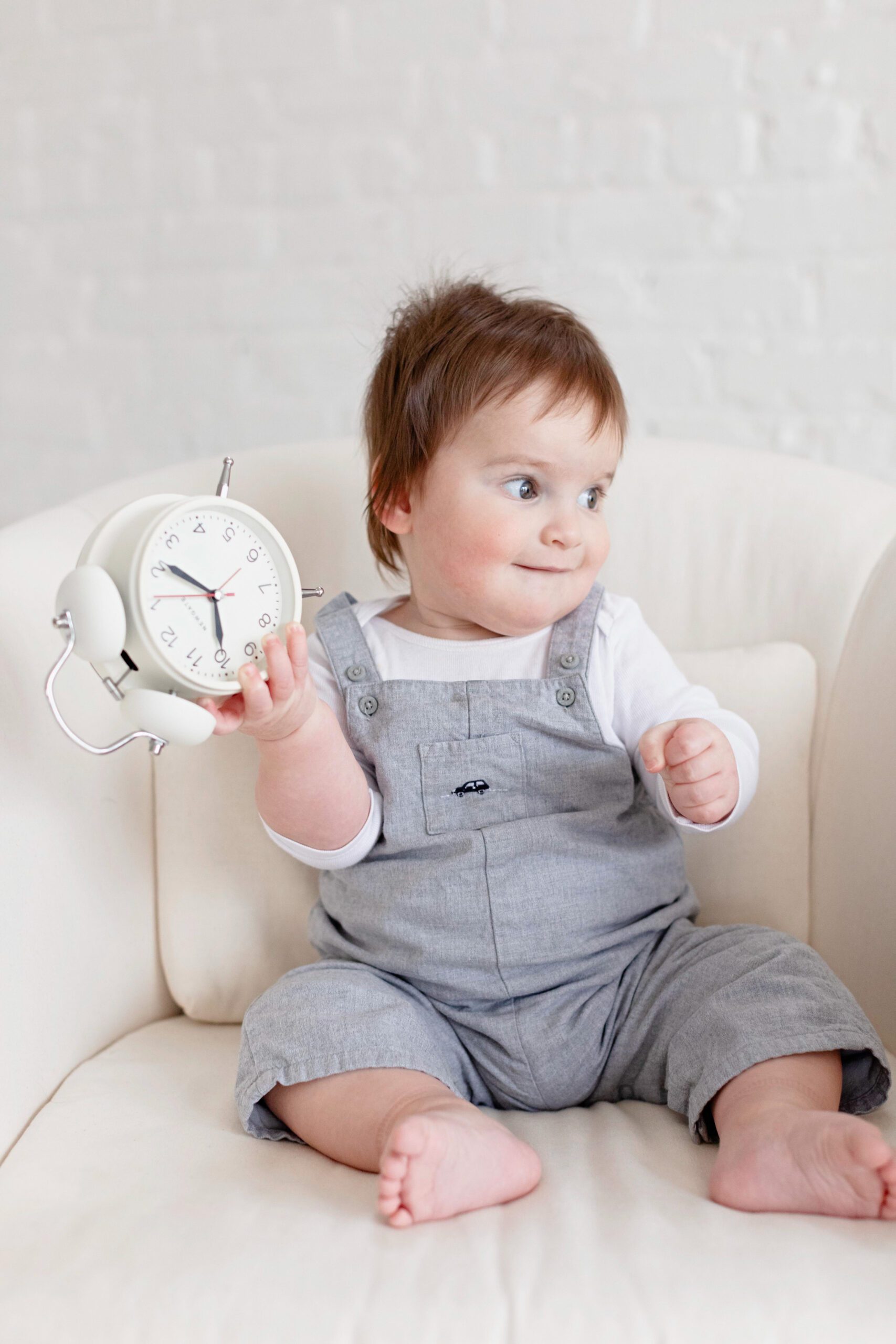

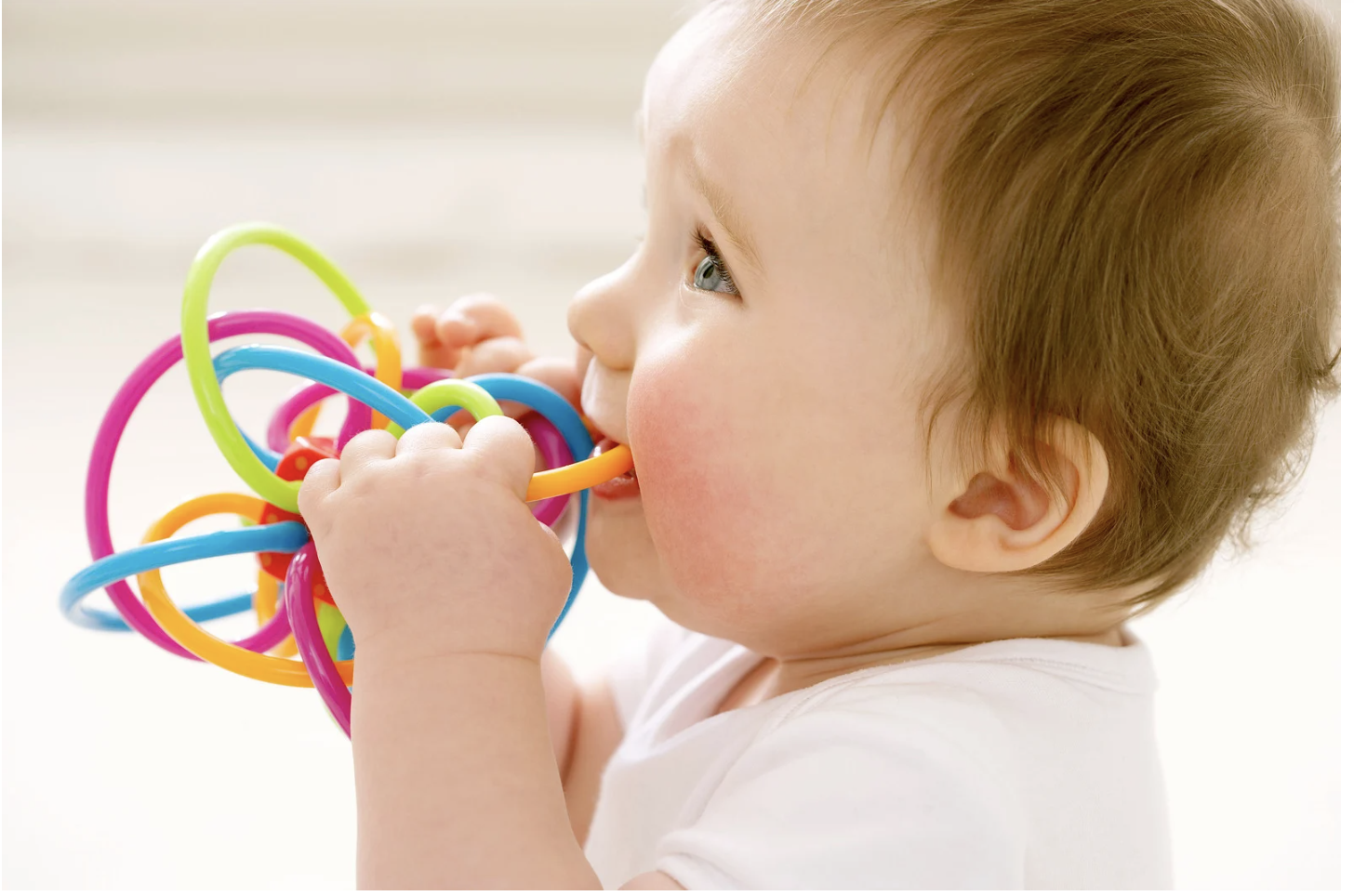
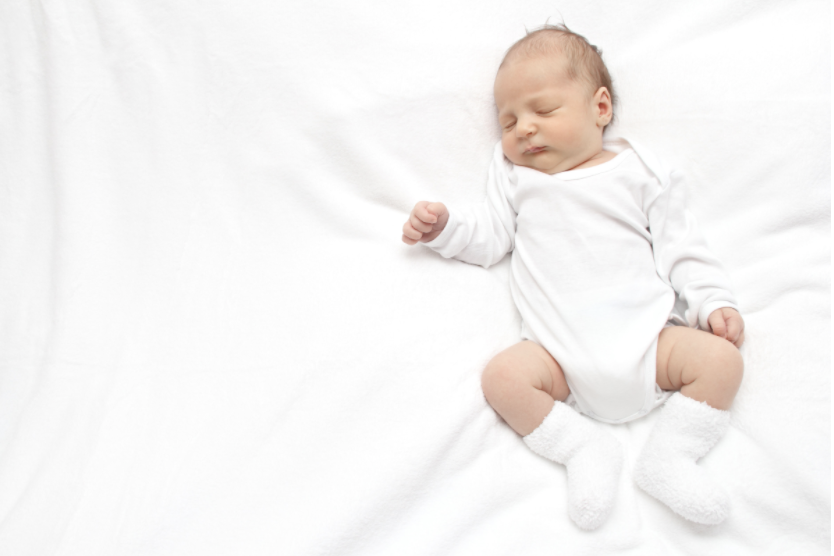


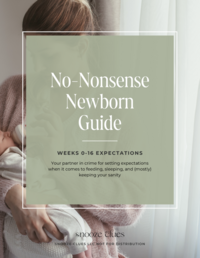
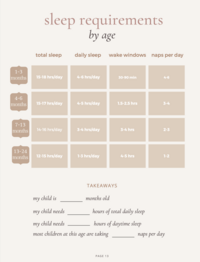
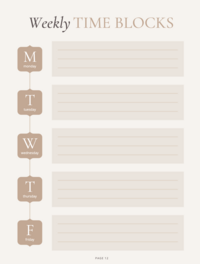
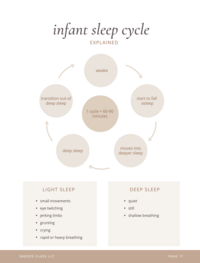



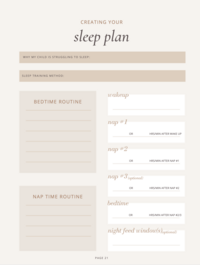
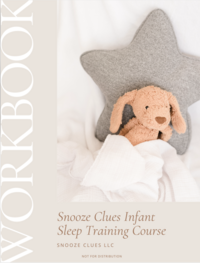
Read the Comments +